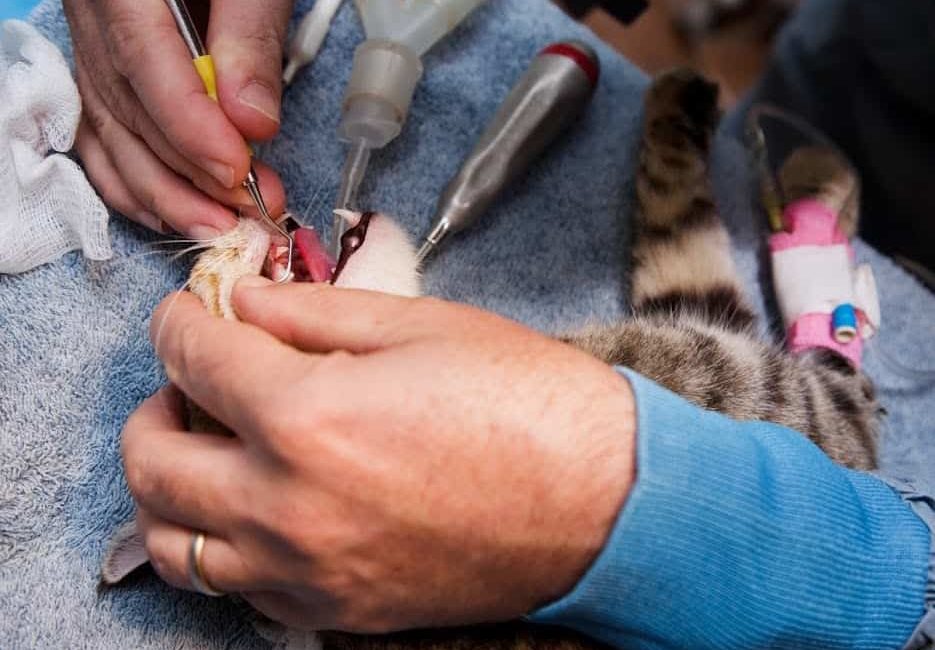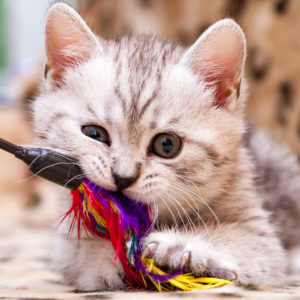It’s that time of the year again where we focus on dental health. If you have been reading our blogs over the years, you know that 85% of adult cats have some form of periodontal disease and treatment can range from dental food to brushing to needing a full anesthetic and scaling and polishing of the teeth and under the gum line. Our dental cart looks a lot like the dental cart at my dentists’ office!
I often hear the comment that people don’t remember their cats needing dental care in years past. I suspect there are multiple reasons for this but a large part is we likely didn’t recognize poor dental health and the associated discomfort as well as we do now. That and ‘bad breath’ smells a lot worse when kitty sleeps on the bed versus out in the barn.
We also now recognize that a percentage of the cat population will have genetic dental issues. Young cats can be affected by stomatitis and cats of all ages can have Tooth Resorption. We don’t understand what causes Tooth Resorption and why some cats will be affected on most of their teeth while other cats may only have a few teeth that are affected. We do know that it does not seem to be related to poor dental home care as some of the cats we see with Tooth Resorption will have otherwise healthy-looking teeth.
With Tooth Resorption the enamel of a tooth is eaten away by the body’s cells. If this happens under the gum line, it can occur with no warning to you, and we have had cats whose teeth have ‘just fallen out’. When it happens at the gum line or above we can often see a red, painful lesion where the enamel is gone, and just the nerve and blood vessel is left exposed. You can imagine how painful that is for a cat!
Once a tooth has started to resorb there is no treatment other than removal of the tooth. Because it is a disease that we don’t understand we also do not know how to prevent it other than regular dental checks and good home care. Once a tooth has been found to have a lesson we have to go in to remove the tooth to return your cat to a pain-free state. Because so much of the disease can happen under the gum line, we always take full mouth radiographs on every cat who comes in for a dental. This means while we may only expect to have 1 or 2 teeth removed we occasionally find the disease is much more extensive than originally thought. The good news is we know cats really don’t need teeth, especially not ones that are painful!
As always feel free to call or come in with any questions you may have.
Written by Dr. Tasha




